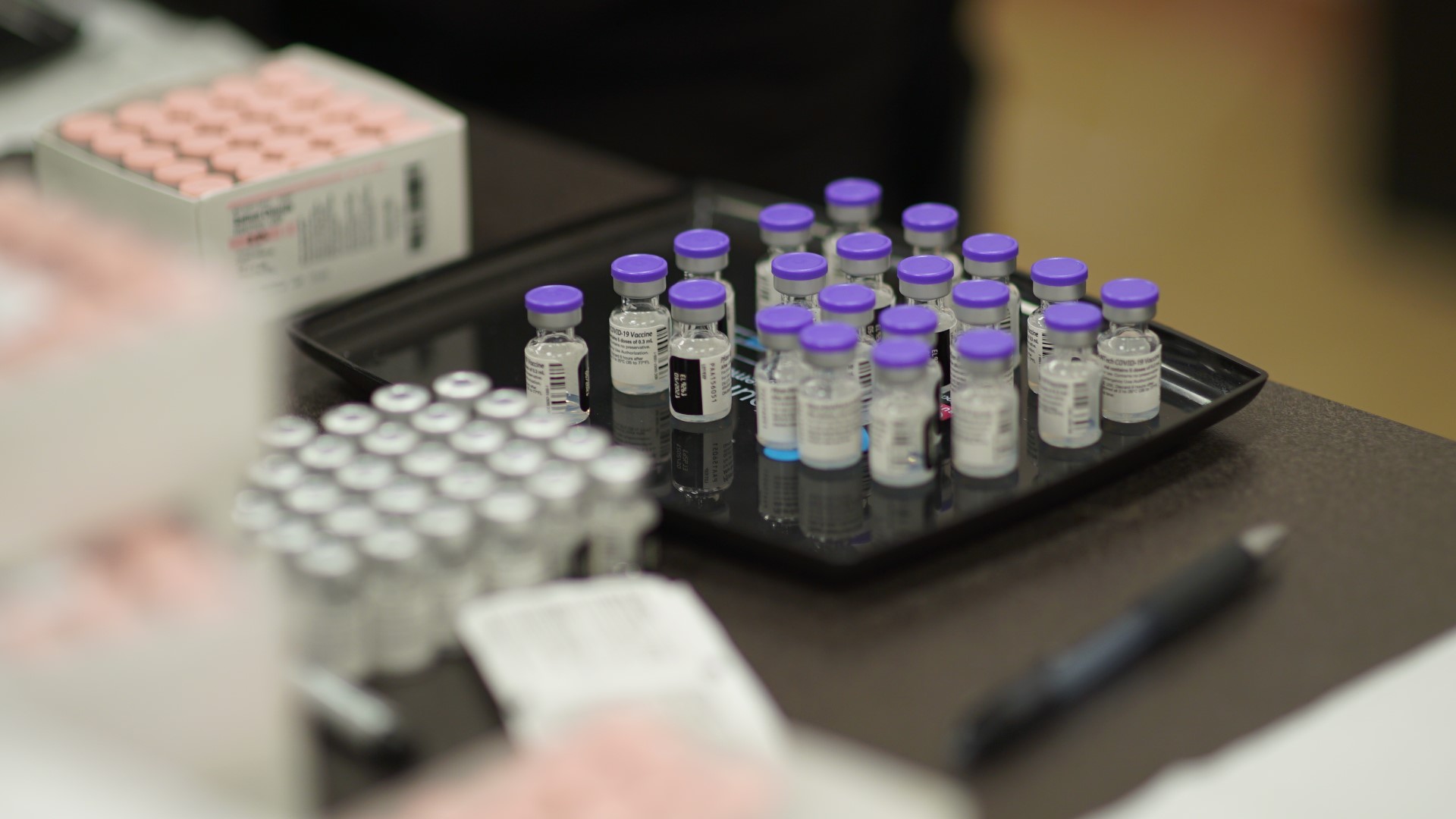COLUMBUS, Ohio — The COVID-19 vaccine rollout has had a rocky start, to be sure. But one of the clear issues has been getting the vaccine to underserved communities.
Now, the Biden Administration is working to change that. Starting next week, the federal government will allocate 1 million vaccines to be sent directly to 250 community health centers across the country.
What’s still unclear is how that will work in Ohio.
Melanie Amato, press secretary for the Ohio Dept. of Health, said the state is still waiting for more information from the administration about this new push to communities. But she adds that Ohio already is taking that approach, by distributing vaccines to major healthcare providers, along with local health departments and pharmacy company partners.
“We believe very strongly that the underserved communities, minority communities, Black and Brown, as well as the rural communities, have to have access to testing, have to have access to all the information that we can share about social distancing and masks, but ultimately we have to get them vaccinated,” said Dr. Hal Paz, CEO of OSU Wexner Medical Center.
Dr. Paz discussed the need to serve the underserved communities in an online press conference on Wednesday.
He talked about the reasons the COVID-19 vaccine is not as accessible as it should be.
“There are huge barriers for some groups, and it’s a result of a number of factors – financial status, employment, housing, transportation, food insecurity,” he said. “These are all the things that have a huge impact on one’s ability to be able to receive care and have access to care.”
But it’s not just access creating barriers in underserved communities, it’s also vaccine hesitancy among Black and Brown communities. According to the latest vaccine data from the Ohio Dept. of Health, just 3.67% of the state’s Black population has received the first dose of the vaccine. That number pales in comparison to the white population.
“There is a pretty substantial, well-produced social media campaign against vaccination,” said Dr. Leon McDougle, chief diversity officer at OSU Wexner Medical Center. “Some of those videos specifically are targeted and focused on the black community, so that makes it important for us to have counter programming like we’re having today to speak to the community and to have trusted messengers from the community be involved with conversations in the community.”
Ohio State East Hospital is doing what it can to help with outreach, including sending out mobile vans to distribute health information.
“The idea is to leverage all of these connections so that we can share information on testing, on vaccines, and how we are now working on a comprehensive framework to address issues within the Black and Brown community,” said Mary Howard, executive director of Ohio State East Hospital.

